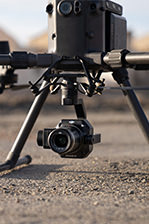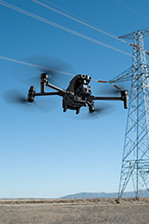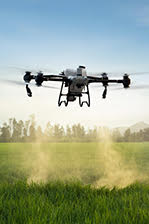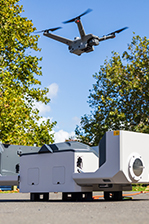Case Study: How Watercare Used Drones for Orakei Sewer Emergency Response
When a sinkhole formed at a worksite on St Georges Bay Road in Parnell, collapsing the Orakei wastewater pipe, Watercare acted swiftly to assess the extent of the damage, and determine a clear plan to resolve the incident. Through their ongoing management of this emergency, Watercare sought advice and assistance from a range of sources, including geotechnical engineers, environmental scientists, and Ferntech’s own leading drone specialists. Below is a brief overview of how we collaborated with Watercare, using drones to deliver a positive project outcome.
“The ‘Orakei Sewer Main’ incident was the first deployment of our drone fleet and marked a significant step towards enhancing our ability to understand and address environmental crises promptly. Thanks to the rapid response and profound expertise of Ferntech, we were able to capture crucial data and gain a deeper insight into the extent of the environmental impact within less than 48 hours of the incident's commencement.”
– Laurent Daghdevirenian, Kaimātai Pūtaiao / Environmental Scientist
Watercare Services Limited
Project setup and authorisations
As specialists in the field, Ferntech’s team was directly engaged by Watercare to fly their DJI Matrice 300 and DJI Mavic 3 Multispectral under our Part 102 certification, which delivered greater data capture and assessment capabilities. Before we could commence work, we first had to gain authorisation from multiple affected parties, including the Auckland Harbourmaster, Air Traffic Control, and Advanced Flight – we liaised with them continuously as we were operating within their helicopter flight paths. After obtaining authorisation for a limited time to fly up to 400 feet, we carried out all work using a pilot, observer, and additional radio receiver operator, advising on all take-offs and landings.
“While waiting for water quality results and the processing of our predictive models, our fleet of drones emerged as an effective first-response tool. It played a crucial role in assessing potential environmental and health risks by providing visual data, complementing our predictive models, and providing a better understanding of our preliminary water quality results.”
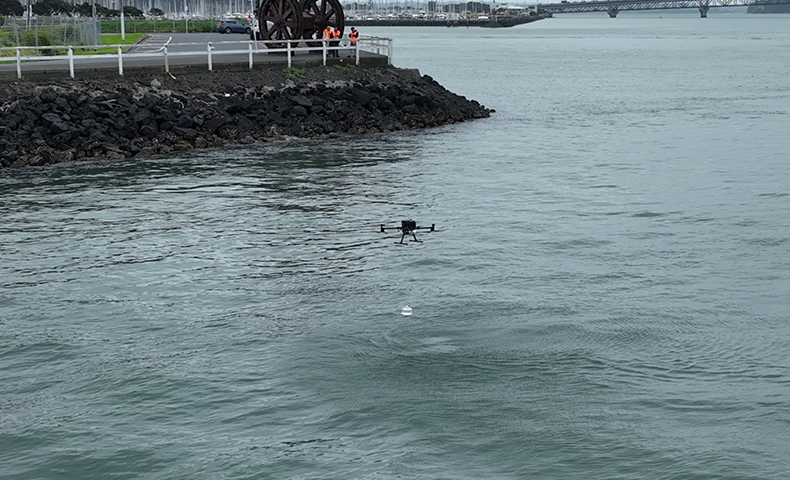
Scope of work
Watercare advised us of two major objectives for drone technology use on this project, as follows:
- Aerial photography and mapping – using the M3M, we surveyed the affected area and visually tracked the flow of waste. Watercare used the M3M data to assess immediate risks and effects, and later to validate the wastewater model developed as part of the wider environmental response.
- Water quality assessment – Watercare wanted to test the parts per million of waste at a certain distance away from the main flow in order to gauge the level of pollutants in the water. Using the M300 equipped with a Speedip V2 water sampling system, we tested 4-5 different spots, from shallow to deep water, sampling at depths of 30cm, 50cm, and 1.5-2m below the surface.
By completing the above work, Ferntech’s team provided Watercare with accurate and efficient data on the waste’s movement and impact during incoming and outgoing tides. In turn, Watercare was able to use this initial data to better plan their ongoing environmental management efforts.
“As part of the fleet, we were also able to utilise water sampling, drastically changing our approach to our emergency response capabilities. The water sampling payloads confirmed their effectiveness as a safe, efficient, and cost-effective initial sampling tool that laid the foundation for our overall environmental response.”
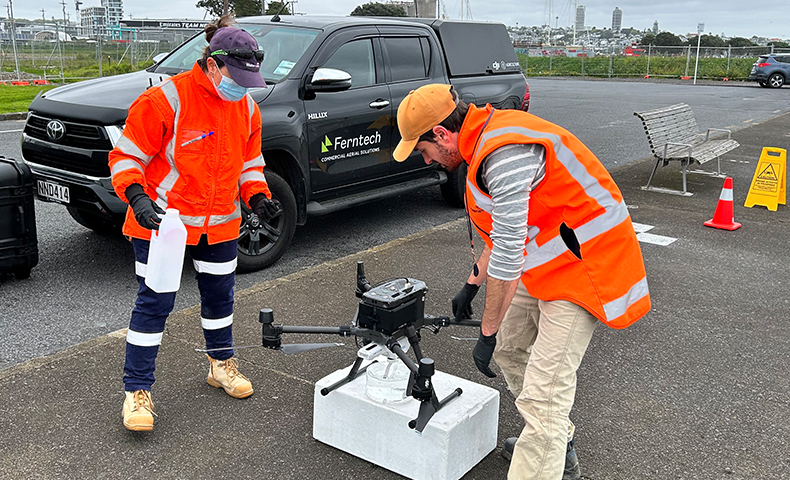
Benefits of the Speedip V2
An intelligent system specially designed for drone-based water sampling, the Speedip V2 is an all-in-one solution that allows users to reliably and safely obtain water samples. As Laurent Daghdevirenian mentioned above, using the Speedip V2 delivered greater safety and cost benefits, when compared to traditional water sampling methods. With game-changing features and capabilities including a 2L sampling volume, 1mm ultra-high resolution wave radar, downward facing camera, and rope tangling detection mechanism, the Speedip V2 is a must-have solution for any water sampling project.
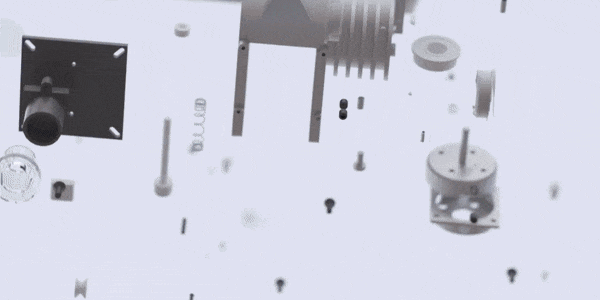
The drone fleet played a crucial role in the initial emergency response, providing real-time insights and aiding in the rapid assessment of the environmental impact of the Ōrākei Main Sewer. Subsequently, it facilitated the planning of extensive environmental sampling efforts, working in tandem with Watercare's crews to address the overflows and implement a wastewater bypass solution. Together, these integrated approaches ensured a comprehensive environmental response to the incident. The bypass was able to significantly reduce overflows into the Waitematā Harbour, while giving extra time for the team to clear the blockage and restore the system to its normal state.
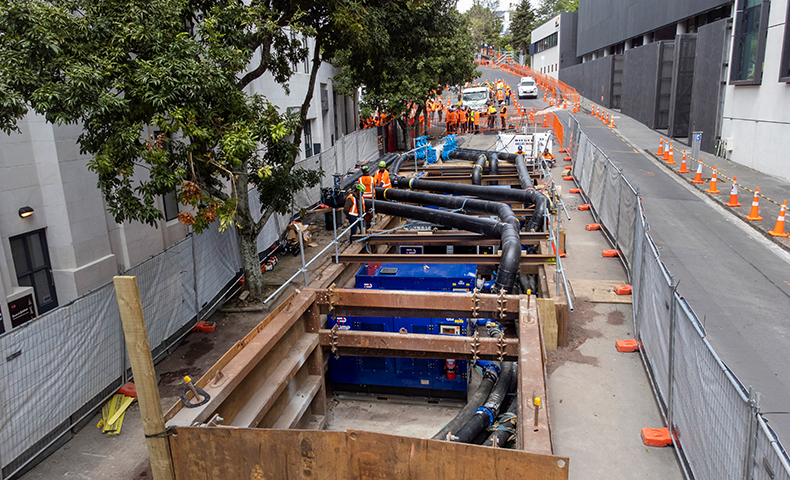
Source: Auckland sinkhole: wastewater bypass solution is operational, Watercare, October 2023, <https://www.watercare.co.nz/About-us/News-media/crews-attending-major-wastewater-pipe-blockage-at>.
We are proud to have been part of Watercare’s initial environmental response, and will continue to support them with drone services and expertise across future projects. If you are interested in learning more about drone technology and how it can transform your business operations, please get in touch with our expert team – we’re happy to help.
SPEAK WITH A SPECIALIST
Contact our team today to discuss the right solution for you.









